Sonus Paradisi
Ménestérol, 1842-1982 [Hauptwerk]
Ménestérol, 1842-1982 [Hauptwerk]
Não foi possível carregar a disponibilidade de recolha
The Organ of Ménestérol (France)
The church of Saint Peter in Chains of Ménestérol was built in the XII century in Romanesque style. In the 1970’s, the organist Francis Chapelet was looking for a concert instrument for the church. He used the remains of the organ of the Temple St Mathieu de Colmar which had been stored in a dismantled state after a fire. These remains included the case of the organ, the windchest of the Grande Orgue, some mechanical elements and the front pipes. The 23-stop Colmar instrument, which had come close to destruction, had been built by Valentin Rinckenbach in 1842 for the chapel of the old hospital which then became the Temple of St. Mathieu. After restoring, assembling and decorating the case in the choir of Saint Peter, a new instrument was added by Gerhard Grenzing between 1980 and 1982.
The organ is built in the style of the North German Baroque, on the model of the smaller Schnitger-type instruments which may be found for example in Grasberg, Pellworm, Noordbroek or Uithuizen.
Presented to you by Leonart Studio, your authorised reseller for Sonus Paradisi in Switzerland (shipped internationally). Get your digitally sampled historical organs for the use with the Hauptwerk virtual instrument software.
Share this Sample Set
![Ménestérol, 1842-1982 [Hauptwerk]](http://artful.shop/cdn/shop/files/ss_menesterol1.jpg?v=1692897760&width=1445)
![Ménestérol, 1842-1982 [Hauptwerk]](http://artful.shop/cdn/shop/files/ss_menesterol2.jpg?v=1692897760&width=1445)
![Ménestérol, 1842-1982 [Hauptwerk]](http://artful.shop/cdn/shop/files/ss_menesterol3.jpg?v=1692897760&width=1445)
![Ménestérol, 1842-1982 [Hauptwerk]](http://artful.shop/cdn/shop/files/ss_menesterol11_ad525101-e6ec-4ea4-bdca-45a4d8e8ae9f.jpg?v=1692897760&width=1445)
Specification (stop list)
-
Manual I
Hauptwerk (G.O.)
Bourdon 16'
Montre 8'
Bourdon 8'
Prestant 4'
Sesquialtera 2x
Nasard 2 2/3'
Flute 2'
Plein-Jeu
Trompette Bass
Trompette Discant -
Manual II
Oberwerk (Recit)
Bourdon 8'
Prestant 4'
Flute 4'
Doublette 2'
Quinte 1 3/5'
Sifflet 1'
Cymbale
Dulzian 8'
Tremblant -
Manual III
-
-
Manual IV
-
-
Pedal
Pedal
Soubasse 16'
Flute 8'
Prinzipal 4'
Flute 2'
Posaune 16' -
Other specification
Rec. / G.O.
G.O. / Ped.
Rec. / Ped.
History
The Organ of Ménestérol (France)
The church of Saint Peter in Chains of Ménestérol was built in the XII century in Romanesque style. The western front with portal remains from this period. The interior was rebuilt in the fifteenth century. Two side chapels were added in the seventeenth century.
In the 1970’s, the organist Francis Chapelet was looking for a concert instrument for the church. He used the remains of the organ of the Temple St Mathieu de Colmar which had been stored in a dismantled state after a fire. These remains included the case of the organ, the windchest of the Grande Orgue, some mechanical elements and the front pipes. The 23-stop Colmar instrument, which had come close to destruction, had been built by ValentinRinckenbach in 1842 for the chapel of the old hospital which then became the Temple of St. Mathieu. After restoring, assembling and decorating the case in the choir of Saint Peter, a new instrument was added by Gerhard Grenzing between 1980 and 1982. This consisted of two manuals (Hauptwerk, Oberwerk) and Pedal, with 23 speaking stops in all. In 2006, J. F. Dupont carried out a major overhaul of the organ, adding a Dolzian 8' in place of the small Regal of the Récit.
The organ is built in the style of the North German Baroque, on the model of the smaller Schnitger-type instruments which may be found for example in Grasberg, Pellworm, Noordbroek or Uithuizen.
Special thanks to:
Francis Chapelet (the organ is a part of his Montpon-Ménestérol organ collection)
Frederic Deschamps (for the arrangement of the recording and the assistance during the recording)
Further info:
http://www.montpon-les-orgues.fr/70313763
Features
Sample Quality
The samples are offered in 24bit/48kHz quality; multiple releases (2-3 levels) and occasional multiple attack samples are used. The reverberation time is about 2-3 seconds. No sampled tremulants. No encryption, plain wave format. Working in Hauptwerk 4.2 and newer versions.
The Compass, the Tuning and the Temperament
The organ is presented with original compass. Two manuals with 54 keys, a pedal of 30 keys. The temperament is equal.
Variants:
Semi-Dry
The recording was done inside the organ case. The samples contain almost exclusively the dry sound of the pipes. However, since we conserved the release tails in the full length (no fade-out), there are still traces of reverberation adding some natural ambience to the result.
Direct (earlier called "Moist")
The recording was done near the organ case. The samples still contain some reverberation of the church, although the direct sound of pipes prevails. It is approximately the recording of the position of the organist. While the totally dry samples may sound rough when used without any additional reverberation, this "moist" variant of the sample set may be preferred by those who like dryer acoustics for home practicing. It may sound quite natural in the home ambience.
Diffuse (earlier called "Wet")
The ambiental recording using the surround technique. The front ranks are AB recorded (spaced omnis), and the front ranks can be used for emulating the standard "wet" sample set (by muting the rear ranks). The wet portion of the sample set, loaded in 16-bit, is suitable for the Hauptwerk Basic.
Rear
The ambiental recording using the surround technique. The front ranks are AB recorded (spaced omnis), and the front ranks can be used for emulating the standard "wet" sample set (by muting the rear ranks). The wet portion of the sample set, loaded in 16-bit, is suitable for the Hauptwerk Basic.
Volumes
The Diffuse and Rear perspectives are offered for free (a 4-channel ODF) = Vol. 1.
Semi-Dry and Direct perspectives form the Vol. 2 of the sample set.
Using both volumes together, the 6-channel variant (Direct, Diffuse, Rear perspectives together) form the full surround sample set.
The Semi-Dry perspective is a stand-alone variant, forming a sample set on its own, may be used with an additional digital reverb.

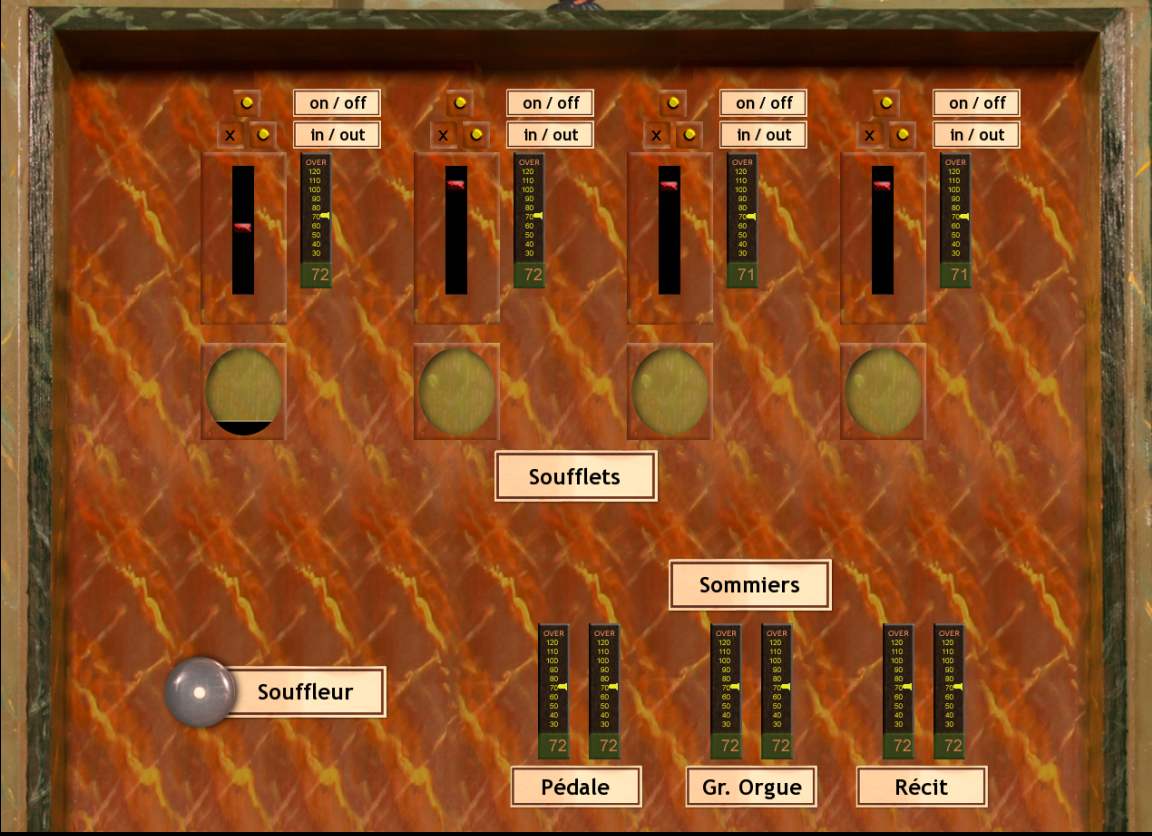
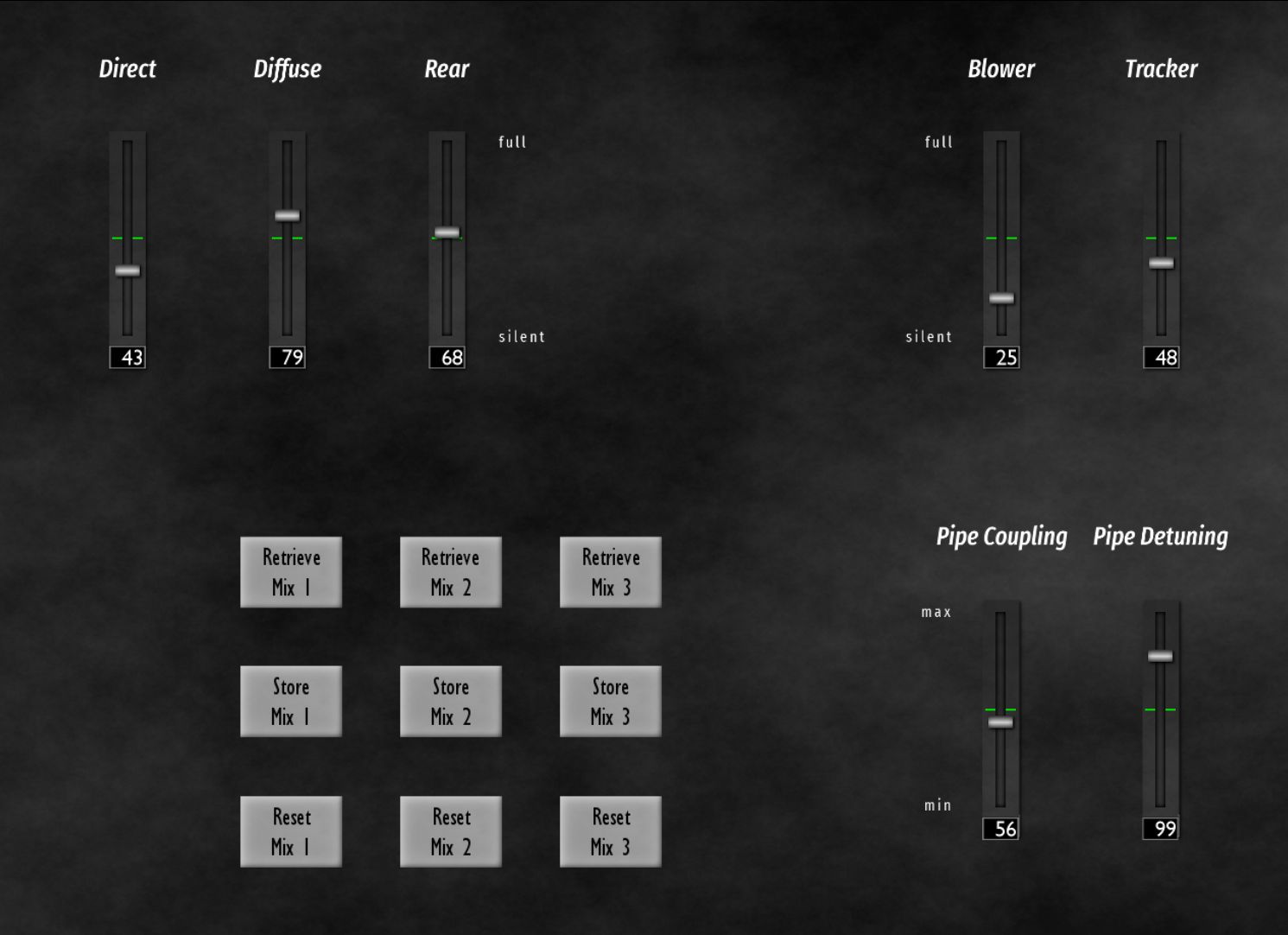

Requirements
Working in Hauptwerk 4.2 and newer versions.
RAM consumption
6-channels, 24-bit quality: 8.2 GB
6-channels, 20-bit quality: 6.6 GB
The 2-channel (dry or direct perspective), 16-bit: 2.3 GB
This Hauptwerk Sample Set is presented to you by Leonart Studio, an authorised reseller for the manufacturer Sonus Paradisi in Switzerland (shipping internationally). Enjoy this digitally sampled organ library for the use with Hauptwerk software and start expanding your historical organ collection today.
More Hauptwerk Sample Sets
-
Casavant, 1995 [Hauptwerk]
Fornecedor:Sonus ParadisiPreço normal CHF 174.90Preço normalPreço unitário / por -
Reuter, 1928 [Hauptwerk]
Fornecedor:Sonus ParadisiPreço normal CHF 473.00Preço normalPreço unitário / por -
![Rotterdam Hoofdorgel, 1973 [Hauptwerk]](//artful.shop/cdn/shop/files/ss_RotterdamMain1.jpg?v=1693279529&width=533) Em promoção
Em promoçãoRotterdam Hoofdorgel, 1973 [Hauptwerk]
Fornecedor:Sonus ParadisiPreço normal A partir de CHF 330.00Preço normalPreço unitário / porCHF 958.10Preço de saldo A partir de CHF 330.00Em promoção -
![Groningen, 1450-1740 [Hauptwerk]](//artful.shop/cdn/shop/files/ss_Groningen1.jpg?v=1693275425&width=533) Em promoção
Em promoçãoGroningen, 1450-1740 [Hauptwerk]
Fornecedor:Sonus ParadisiPreço normal A partir de CHF 658.90Preço normalPreço unitário / porCHF 1,681.90Preço de saldo A partir de CHF 658.90Em promoção -
Goerlitz, 2006 [Hauptwerk]
Fornecedor:Sonus ParadisiPreço normal A partir de CHF 328.90Preço normalPreço unitário / por -
Bückeburg, 1997 [Hauptwerk]
Fornecedor:Sonus ParadisiPreço normal A partir de CHF 1.10Preço normalPreço unitário / por -
Brasov, 1839 [Hauptwerk]
Fornecedor:Sonus ParadisiPreço normal CHF 418.00Preço normalPreço unitário / por -
![St. Omer, 1717-1855 [Hauptwerk]](//artful.shop/cdn/shop/files/ss_omer1.jpg?v=1692904128&width=533) Em promoção
Em promoçãoSt. Omer, 1717-1855 [Hauptwerk]
Fornecedor:Sonus ParadisiPreço normal CHF 323.40Preço normalPreço unitário / porCHF 410.96Preço de saldo CHF 323.40Em promoção -
Stellwagen organ, St. Marien, Stralsund (1659)
Fornecedor:Sonus ParadisiPreço normal CHF 858.00Preço normalPreço unitário / por -
![Clavichord Model [Hauptwerk]](//artful.shop/cdn/shop/files/ss_clavichord.jpg?v=1724310155&width=533) Esgotado
EsgotadoClavichord Model [Hauptwerk]
Fornecedor:Sonus ParadisiPreço normal CHF 33.00Preço normalPreço unitário / por

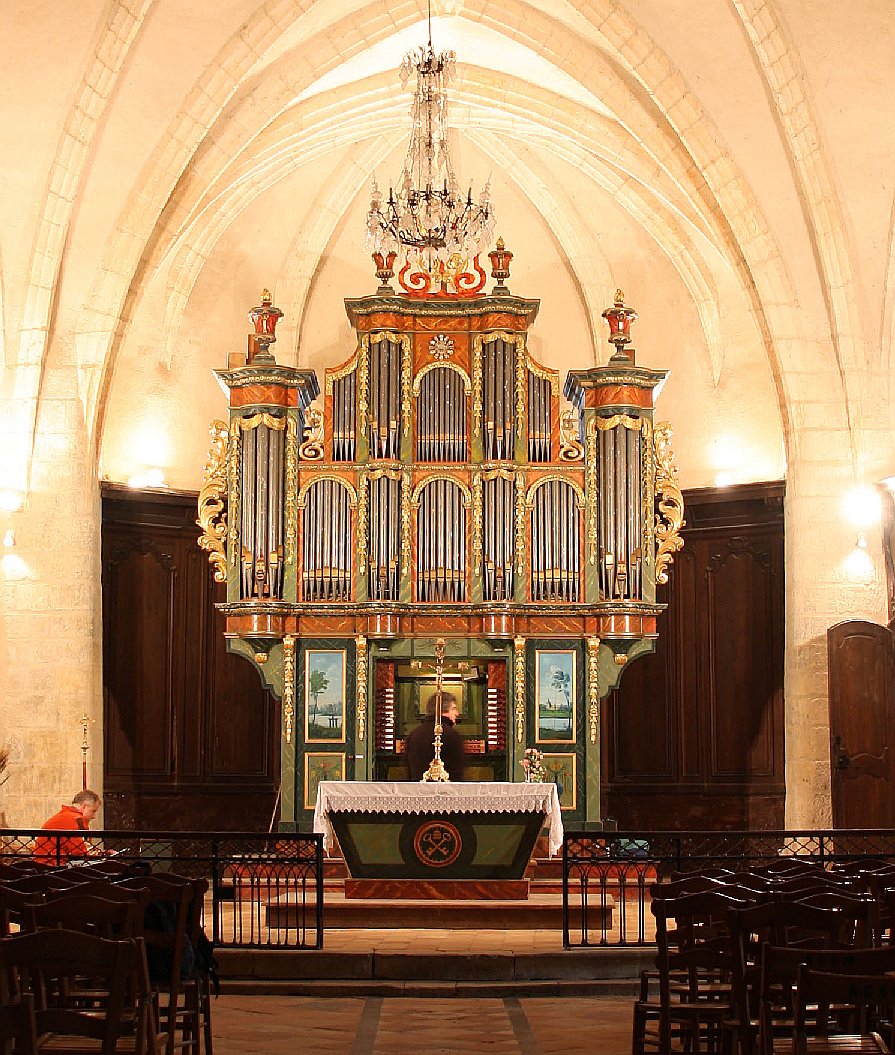
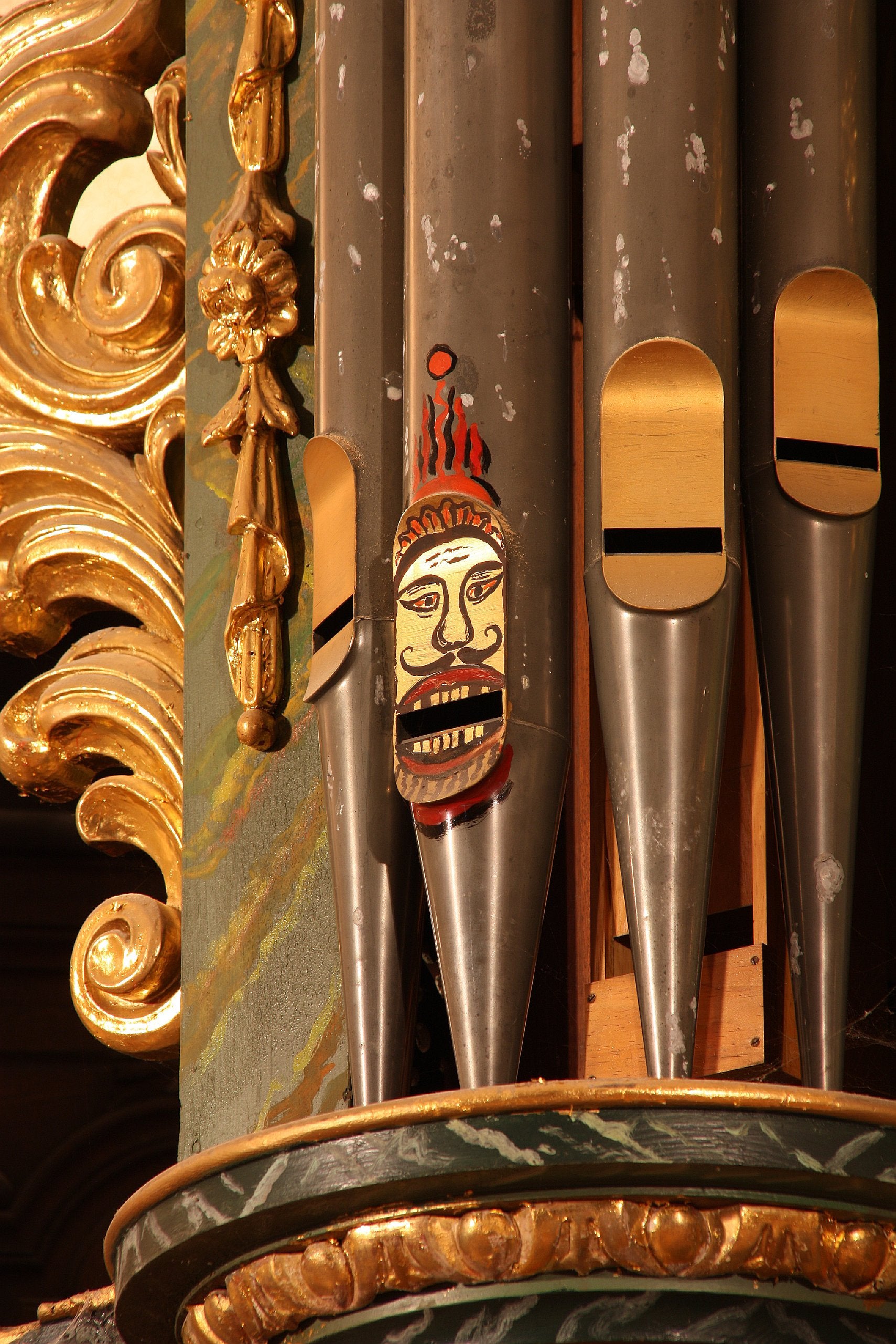
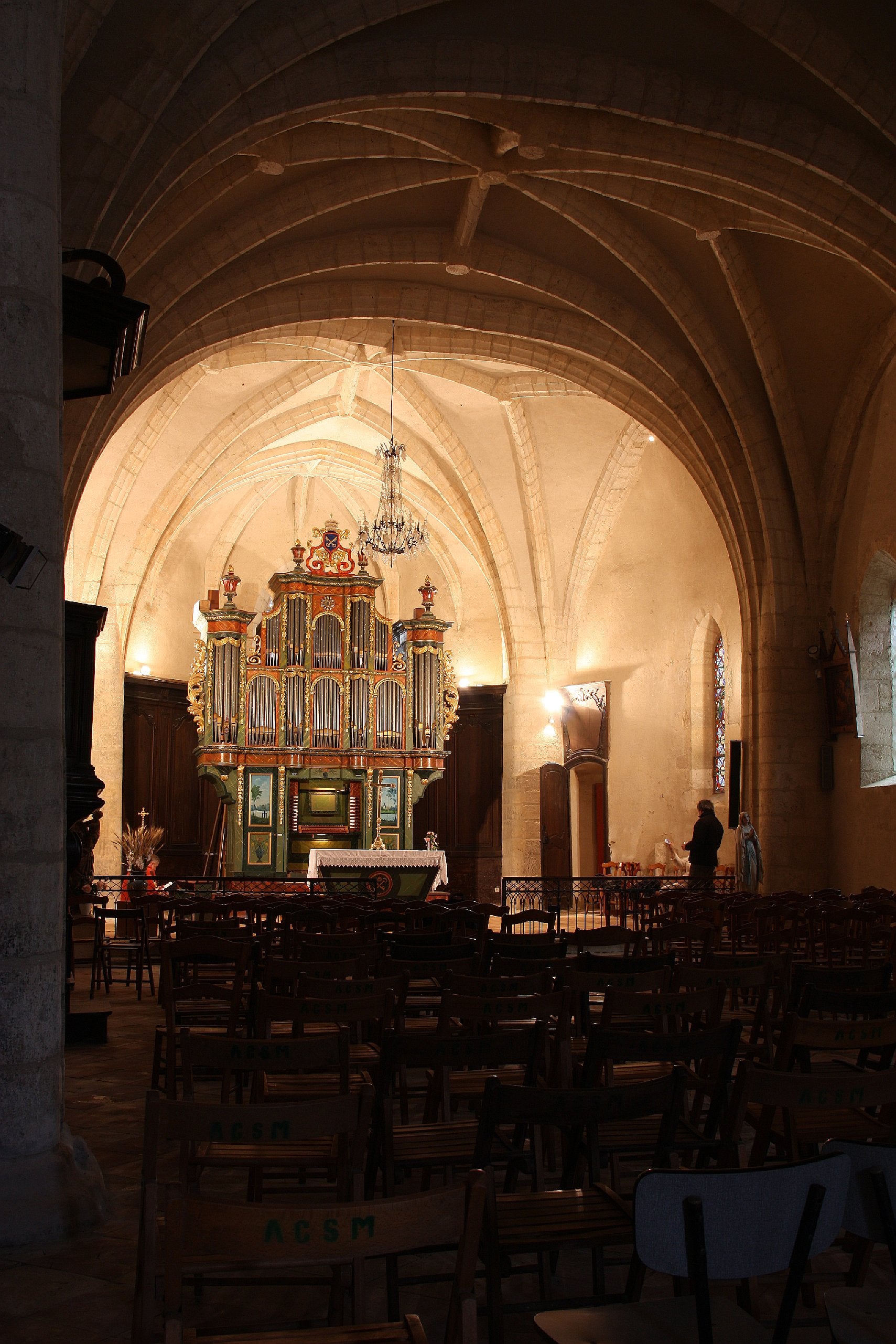
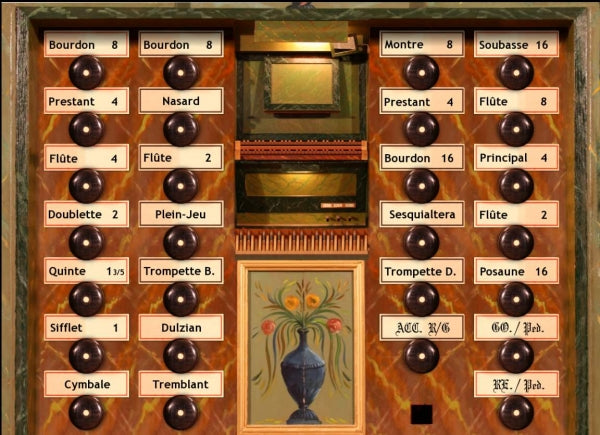
![Casavant, 1995 [Hauptwerk]](http://artful.shop/cdn/shop/files/ss_casavant1.jpg?v=1693319885&width=533)
![Reuter, 1928 [Hauptwerk]](http://artful.shop/cdn/shop/files/ss_Reuter1.jpg?v=1693321024&width=533)
![Rotterdam Hoofdorgel, 1973 [Hauptwerk]](http://artful.shop/cdn/shop/files/ss_RotterdamMain1.jpg?v=1693279529&width=533)
![Groningen, 1450-1740 [Hauptwerk]](http://artful.shop/cdn/shop/files/ss_Groningen1.jpg?v=1693275425&width=533)
![Goerlitz, 2006 [Hauptwerk]](http://artful.shop/cdn/shop/files/ss_goerlitz1.jpg?v=1692995837&width=533)
![Bückeburg, 1997 [Hauptwerk]](http://artful.shop/cdn/shop/files/ss_bueckeburg1.jpg?v=1692967628&width=533)
![Brasov, 1839 [Hauptwerk]](http://artful.shop/cdn/shop/files/ss_brasov1.jpg?v=1692967057&width=533)
![St. Omer, 1717-1855 [Hauptwerk]](http://artful.shop/cdn/shop/files/ss_omer1.jpg?v=1692904128&width=533)
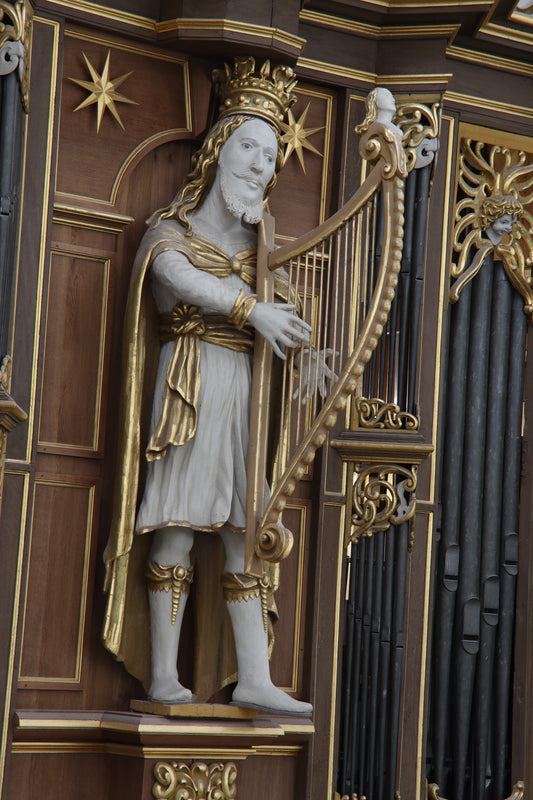
![Clavichord Model [Hauptwerk]](http://artful.shop/cdn/shop/files/ss_clavichord.jpg?v=1724310155&width=533)